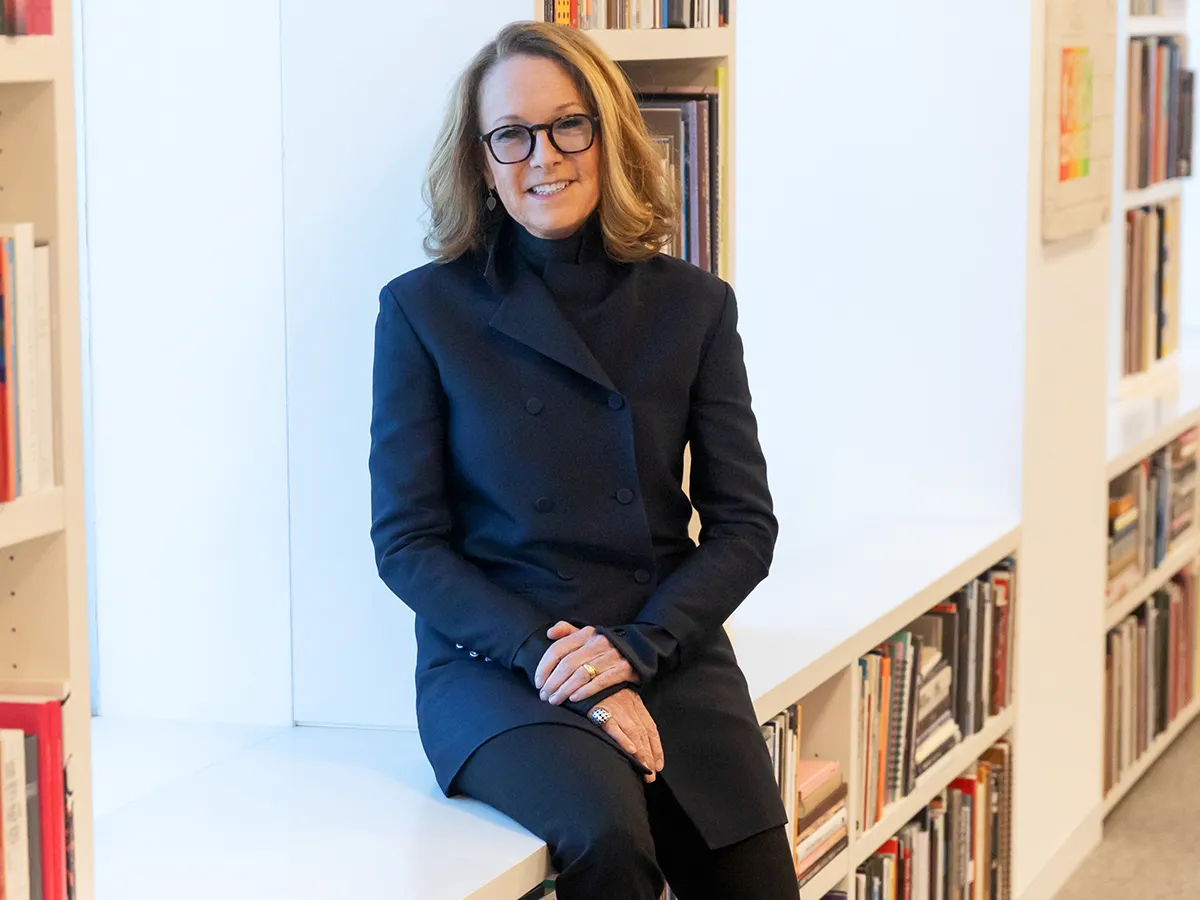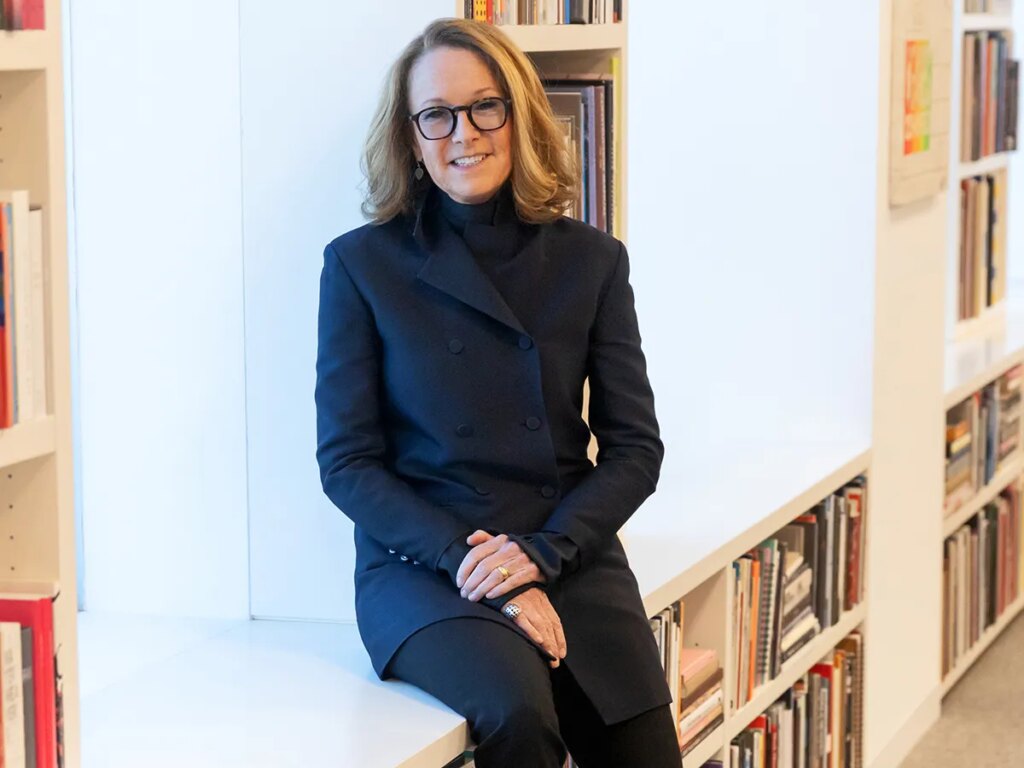
Ann Philbin, a force within the Los Angeles art scene, will retire from her longtime post as director of the Hammer Museum after more than two decades in the position, leaving the institution with far more clout than it held before she took up leadership in 1999.
“It has been the privilege of a lifetime to lead the Hammer Museum for more than two decades, working closely with our supremely dedicated boards and brilliant staff to make this institution everything that Los Angeles and our wider community deserves,” Philbin said in a statement. “We have always said that the artists of Los Angeles are our core audience—and I think that in the way we have innovated in our programs and transformed our facilities, we have created a true ‘artists’ museum’ for them.”
Her last day will be on November 1, 2024. During the coming year, she will continue to prep initiatives being held in tandem with the 2024 edition of Pacific Standard Time, a Getty Foundation–run series staged across LA and the surrounding region whose next iteration focuses on art and science.
Philbin’s legacy at the museum is vast. Its attendance has quadrupled, and its collection has significantly grown, keeping in pace with the Hammer’s physical footprint, which has likewise expanded. It now also has a biennial for artists based in the city, Made in L.A., that is internationally watched and is currently in its sixth edition.
Additionally, the Hammer, which is connected to the University of California Los Angeles, has mounted many key exhibitions in the 25 years Philbin has been director. Philbin herself organized a 2003 retrospective for Lee Bontecou, who has since been canonized as a key figure of the postwar era.
There have been many shows curated by others under Philbin’s aegis that count as landmarks: Kellie Jones’s influential 2011 exhibition “Now Dig This! Art and Black Los Angeles 1960-1980;” a Charles Burchfield paintings survey organized by Robert Gober, an artist in his own right; “Take It or Leave It: Institution, Image, Ideology,” a 2014 show by Anne Ellegood and Johanna Burton that took an expansive view of appropriation art; and Cecilia Fajardo-Hill and Andrea Giunta’s “Radical Women: Latin American Art, 1960-1985,” which focused on an entire generation of creators whose work had not been valued highly enough by mainstream institutions until then.
None of this programming was even imaginable for the museum when Philbin arrived in 1999. By her own admission, the museum was considered so minor, it was barely even on her radar before the interview process. She told the Los Angeles Times she threw the museum’s invitations in the garbage before agreeing to try out for the job.
At the time, Philbin was the director of the Drawing Center in New York. She took the Hammer position and never returned to that city.
Within the next decade, much had changed, and Philbin had instilled an experimental spirit at the Hammer that many across the nation were looking at. “When Bob Gober calls and says, ‘I have a proposition for you,’ I can go to my curators and say, ‘Guys, what do you think?’ And they say, ‘Fantastic,’ and the show is happening a year and a half later,” she told the Times in 2009. “I don’t think there are a lot of institutions our size that can behave that way.”
In a statement issued on Wednesday, Marcy Casey, chair of the Hammer’s board, put her praise for Philbin in similar terms, saying, “When the history of the Hammer Museum is written, there will be a clear line drawn—before Annie Philbin, and after Annie Philbin. Thanks to her vision, the Hammer is known today as a world-class museum, internationally renowned yet uniquely and indisputably at the heart of Los Angeles.”
A search for Philbin’s successor kicks off next year.


